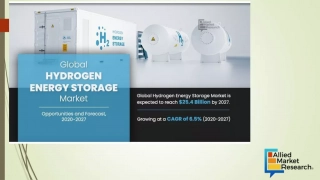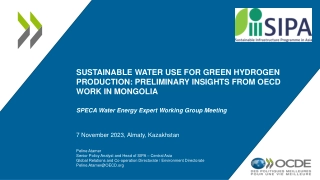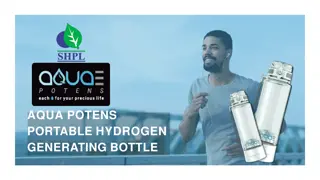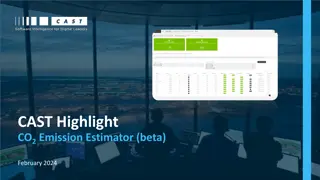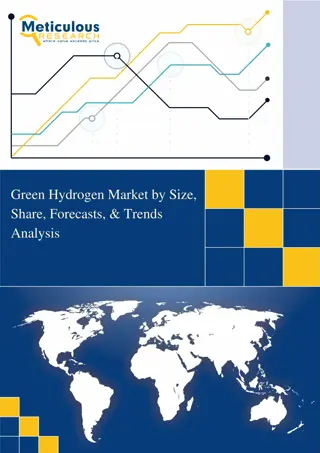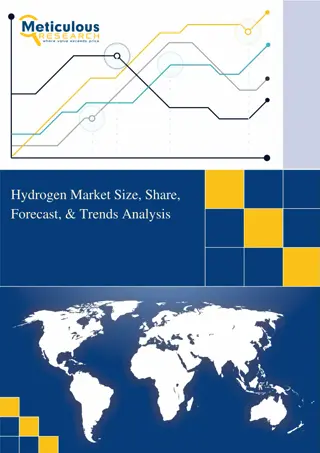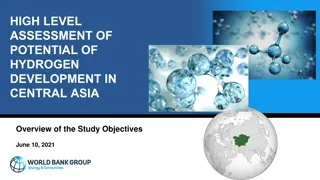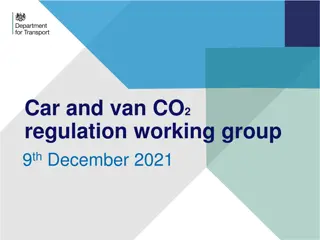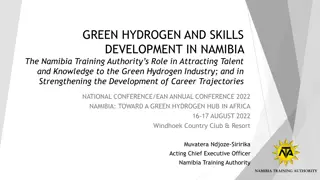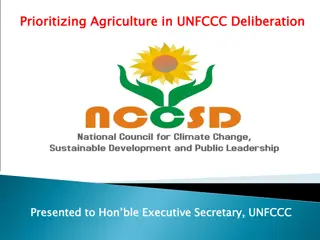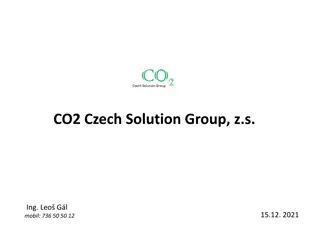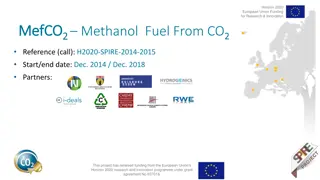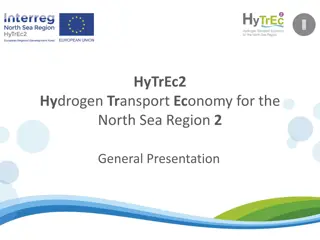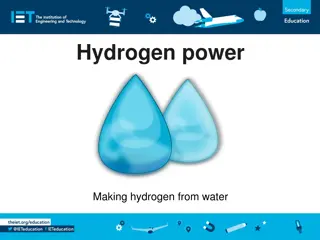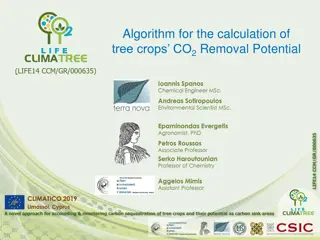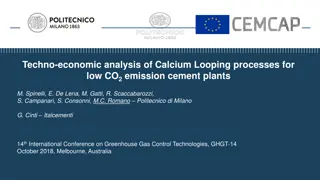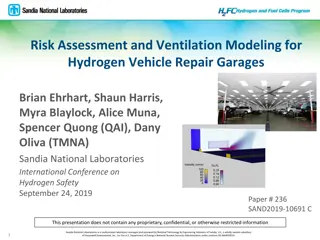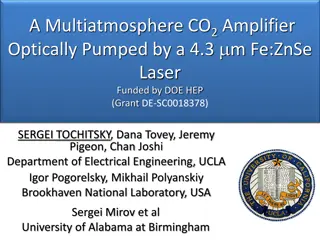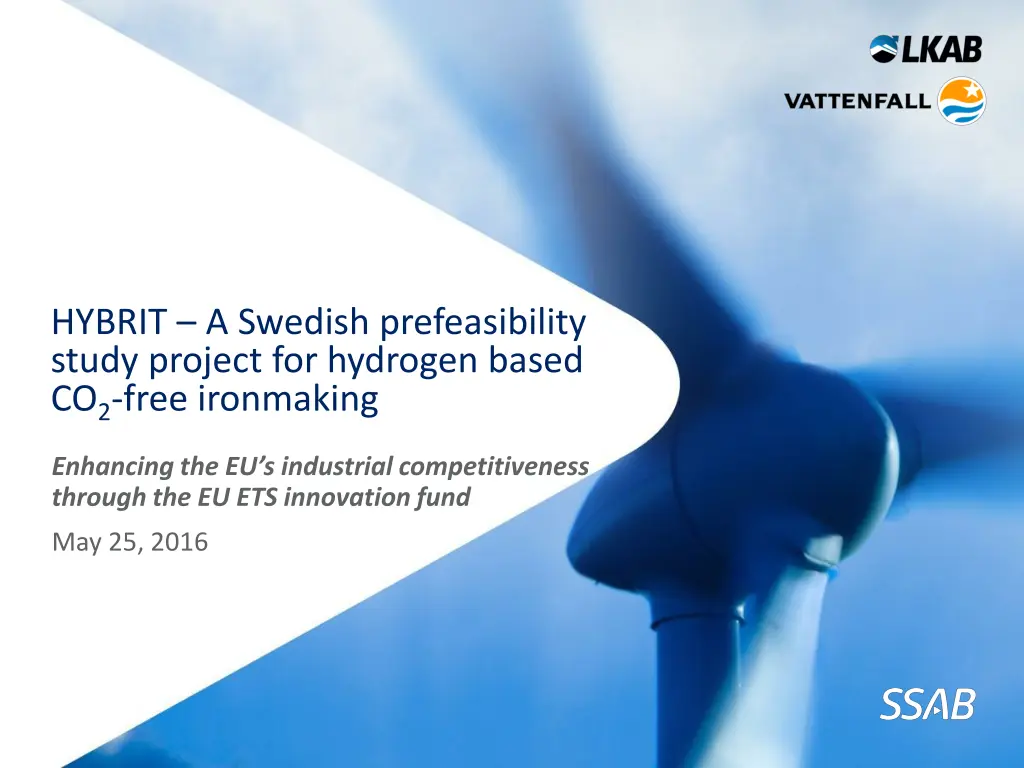
Swedish Project HYBRIT: CO2-Free Ironmaking Innovation
Learn about the innovative Swedish project HYBRIT aiming to revolutionize ironmaking by eliminating CO2 emissions through hydrogen-based technology. SSAB, LKAB, and Vattenfall collaborate to enhance EU industrial competitiveness and sustainability.
Download Presentation

Please find below an Image/Link to download the presentation.
The content on the website is provided AS IS for your information and personal use only. It may not be sold, licensed, or shared on other websites without obtaining consent from the author. If you encounter any issues during the download, it is possible that the publisher has removed the file from their server.
You are allowed to download the files provided on this website for personal or commercial use, subject to the condition that they are used lawfully. All files are the property of their respective owners.
The content on the website is provided AS IS for your information and personal use only. It may not be sold, licensed, or shared on other websites without obtaining consent from the author.
E N D
Presentation Transcript
HYBRIT A Swedish prefeasibility study project for hydrogen based CO2-free ironmaking Enhancing the EU s industrial competitiveness through the EU ETS innovation fund May 25, 2016
CO2-emission free ironmaking SSAB, LKAB and Vattenfall announced on April 4, 2016, the launch of a project that, if proven feasible, can solve the steel industry s carbon dioxide challenge, HYBRIT (Hydrogen Breakthrough Ironmaking Technology). The aim is to reduce carbon dioxide emissions from ironmaking to zero by eliminating the need to use fossil fuel for iron ore reduction. The idea is to replace the blast furnaces with an alternative process, using hydrogen produced from clean electricity. This means that the by-product from ironmaking would be water not carbon dioxide. H2 = + + Water Sponge iron Iron ore pellets Hydrogen
Why SSAB, LKAB and Vattenfall? Sustainability and performance are integrated into our business models SSAB has one of the most CO2-efficient ironmaking processes in the world today, but is still the largest source of CO2emissions in Sweden LKAB is already today a world-leading producer of world class direct reduction pellets Vattenfall has extensive knowledge about the Swedish, Nordic and European energy systems and markets Swedish iron ore is rich and energy efficient Sweden s electricity generation has among the lowest CO2emissions in the world We have a history of technical advances in production and outstanding research and development capabilities 3
The project Pre-feasibility study Feasibility study-pilot plant trials Demonstration plant trials 2016-2017 2018-2024 2025-2035 6
Political involvement is needed to succeed Long term engagement from the state is needed in all phases of development work, as well as in enabling competitive conditions and labor policy during the time period The following are required from a political perspective: Conditions for a green industrial research program to enable test facilities for hydrogen gas-based ironmaking Ensuring competitive conditions in emission trading system to enable investments in long term innovation Link energy policy with industrial and environmental issues. Fossil free electricity can replace fossil fuel in base industry. 7

